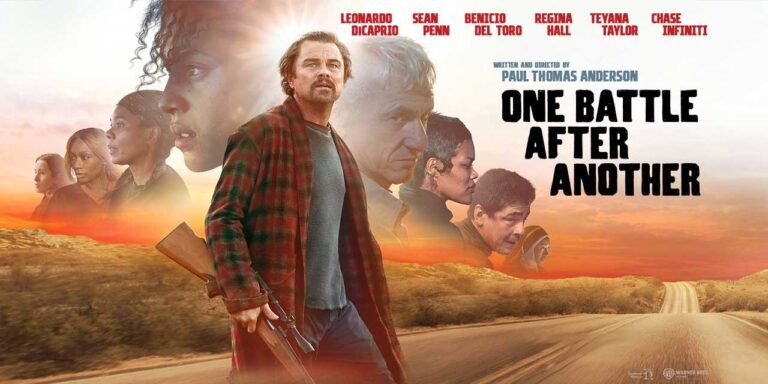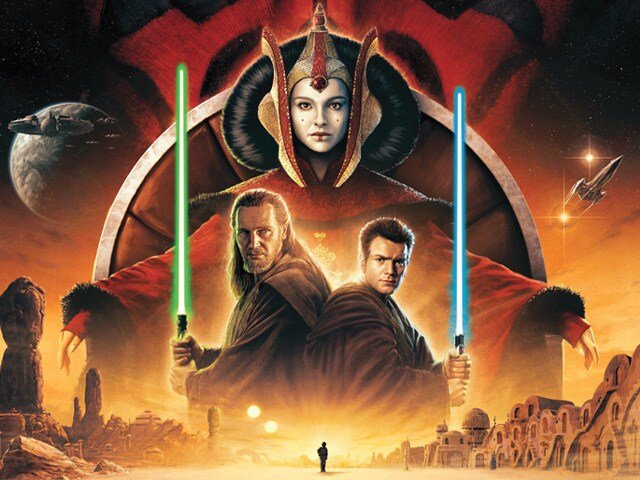
The release of “The Woman King,” directed by Gina Prince-Bythewood, has sparked a captivating dialogue around the film’s ability to showcase the strength and resilience of Black women on the big screen. As a content creator, I was eager to dive deeper into this cinematic experience and unpack the nuances that lie beneath the surface. In this in-depth blog post, we’ll explore the historical complexities, cinematic triumphs, and the broader implications of this powerful film.
Embracing Representation and the Power of Collective Experiences
One of the most striking aspects of “The Woman King” is its ability to provide a platform for diverse voices and perspectives. The film’s ensemble cast, led by the remarkable Viola Davis, offers a refreshing and long-overdue representation of Black women in a genre traditionally dominated by male protagonists. This shift in the cinematic landscape is not only significant but also deeply empowering, as it allows audiences to connect with the characters on a profound level.
The film’s ability to create a “collective experience” in the theater, akin to the energy of a sports stadium, is a testament to its engaging and immersive nature. The director’s skillful handling of the large-scale battle sequences and the emotional journeys of the characters draw the audience in, fostering a sense of unity and shared investment in the story’s outcome.
This collective experience is further amplified by the film’s promotion as a “historical epic,” which sets high expectations and invites the audience to engage with the narrative on a deeper level. However, the film’s approach to historical accuracy and representation warrants a closer examination.
Navigating the Complexities of Historical Representation
One of the central points is the film’s treatment of the historical context surrounding the Kingdom of Dahomey, the setting for “The Woman King.” It highlights the fact that the Kingdom of Dahomey was known for its involvement in the slave trade, a dark chapter in history that the film appears to gloss over or downplay.
The critique rightly questions the film’s decision to present the Kingdom of Dahomey as the “good” side, pitted against the “evil” empire of Oyo, without delving into the nuances and complexities of the region’s historical dynamics. This selective portrayal raises concerns about the film’s potential to perpetuate a revisionist narrative that fails to fully acknowledge the Kingdom of Dahomey’s own participation in the slave trade.
Furthermore, the use of Portuguese-speaking characters, whose accents and delivery seem inauthentic, further undermines the historical authenticity of the narrative. These elements can have a significant impact on the overall credibility and immersion of the audience, particularly for those familiar with the historical context.
The film’s portrayal of the Kingdom of Dahomey as the “good” side against the “evil” empire of Oyo is questioned, as it fails to fully acknowledge Dahomey’s involvement in the slave trade.
The use of Portuguese-speaking characters with inauthentic accents and delivery is criticized for undermining the historical authenticity of the narrative.
There is a need for a more nuanced and comprehensive approach to historical representation in the film.
Balancing Entertainment and Historical Accuracy
While the film’s historical representation raises valid concerns, it also has strengths as a work of entertainment. The film’s impressive production values, including the costumes, set design, and the captivating performance of Viola Davis and the supporting cast, are praised.
The film’s ability to engage the audience through its large-scale battle sequences and the emotional journeys of the characters is highlighted as a strength. The director’s choice to focus on the personal stories and decision-making processes of the characters, rather than solely on the grand scale of the battles, is seen as a strategic move to enhance the audience’s connection and investment in the narrative.
However, the film’s pacing can be uneven, with the first hour feeling “a bit truncated” and focused heavily on the training sequences, before transitioning into the more action-packed second half. This observation suggests that the film’s balance between character development and action-driven moments could be an area for further refinement.
The film’s impressive production values, including costumes, set design, and the captivating performances of the cast, are praised.
The film’s ability to engage the audience through its large-scale battle sequences and the emotional journeys of the characters is highlighted as a strength.
The film’s pacing can be uneven, with the first hour feeling “a bit truncated” and focused heavily on training sequences.
Embracing Tradition and Ritual: The Cultural Richness of “The Woman King”
One of the standout aspects of “The Woman King” is the film’s embrace of African tradition and ritual. It “values the African tradition and shows a passion for dealing with rituals and tradition,” which adds a layer of cultural richness and authenticity to the narrative.
This focus on the cultural and spiritual elements of the Kingdom of Dahomey is particularly significant, as it allows the audience to gain a deeper understanding of the characters’ motivations, beliefs, and the societal structures that shape their world. By highlighting these aspects, the film not only educates the audience but also challenges the often-Eurocentric perspectives that have dominated the historical epic genre.
Furthermore, the film leverages the tradition of grand-scale epic battles, a hallmark of the genre, while also finding innovative ways to personalize the experience. The use of complementary graphic elements to convey the scale of the conflicts, rather than relying solely on massive crowd scenes, is seen as a strategic choice that allows the audience to connect more intimately with the characters’ individual stories and decision-making processes.
The film’s embrace of African tradition and ritual adds cultural richness and authenticity to the narrative.
The film’s focus on the cultural and spiritual elements of the Kingdom of Dahomey is seen as a significant aspect that challenges Eurocentric perspectives in the historical epic genre.
The film balances the tradition of grand-scale epic battles with a more personalized approach, using complementary graphic elements to convey the scale of the conflicts.
Viola Davis and the Complexities of Heroic Representation
At the heart of “The Woman King” is the captivating performance of Viola Davis, who portrays the film’s central character, Nanisca. Her exceptional acting is the driving force that allows the audience to connect with the narrative on a deeper level.
Viola Davis’ character is used as a “symbolic support” and a figure of authority within the film’s narrative. This serves to strengthen the audience’s investment in the story and the ultimate outcome.
However, the film’s portrayal of the Kingdom of Dahomey and its rivals could be seen as a “reductionist narrative” that fails to fully acknowledge the nuances and complexities of the region’s history.
Despite these concerns, the film’s ability to captivate the audience and foster a sense of investment in the characters’ journeys is acknowledged. If the audience is able to “disregard the historical element” and focus on the film as a work of entertainment, they may find it to be a satisfying cinematic experience.
Viola Davis’ performance as the central character, Nanisca, is praised as the driving force that allows the audience to connect with the narrative.
The complexities of Davis’ character, used as a “symbolic support” and a figure of authority, are explored.
Concerns are raised about the film’s potential to oversimplify the historical context and reduce the narrative to a clear-cut battle between good and evil.
If the audience can “disregard the historical element” and focus on the film as a work of entertainment, they may find it to be a satisfying cinematic experience.
Embracing the Complexities and Celebrating the Triumphs
“The Woman King” navigates the delicate balance between historical representation and cinematic storytelling. While the film’s approach to the historical context and the potential for revisionist narratives raises valid concerns, it also has strengths as a work of entertainment and provides a powerful platform for the representation of Black women on the big screen.
As a content creator, I believe that the complexities and nuances surrounding “The Woman King” present an opportunity for deeper exploration and discussion. By engaging with the film’s historical context, its cultural richness, and its cinematic triumphs, we can gain a more holistic understanding of the film’s impact and its broader implications for the industry and society as a whole.
Ultimately, “The Woman King” is a film that invites us to grapple with the challenges of historical representation, while also celebrating the power of collective experiences and the transformative potential of diverse storytelling. As we continue to navigate the evolving landscape of cinema, it is crucial that we approach these narratives with a critical eye, while also embracing the opportunities they present to expand our perspectives and challenge the status quo.
Thank you for joining me on this exploration of “The Woman King.” I hope this in-depth blog post has provided you with a nuanced and insightful perspective on this captivating cinematic experience.



